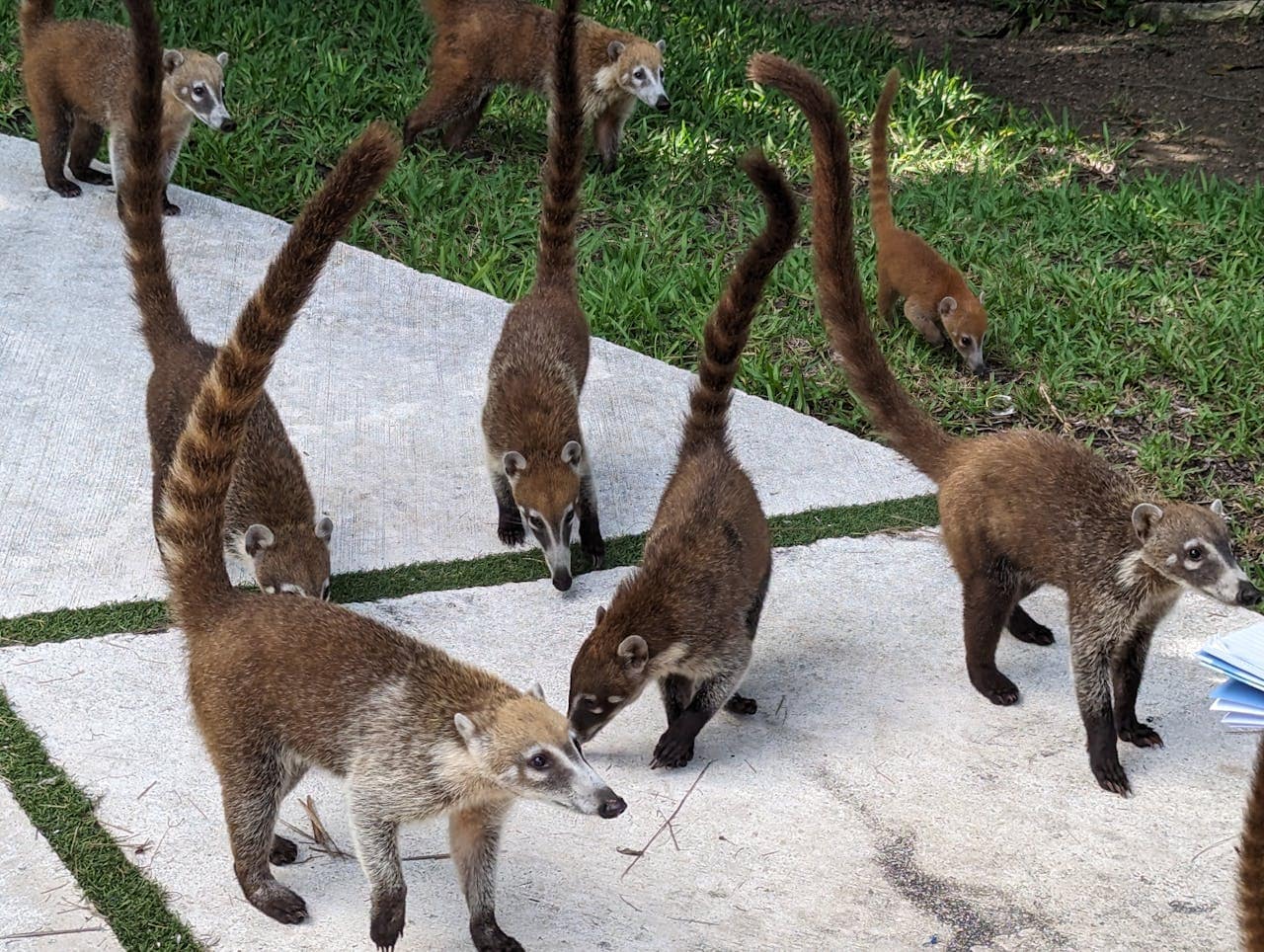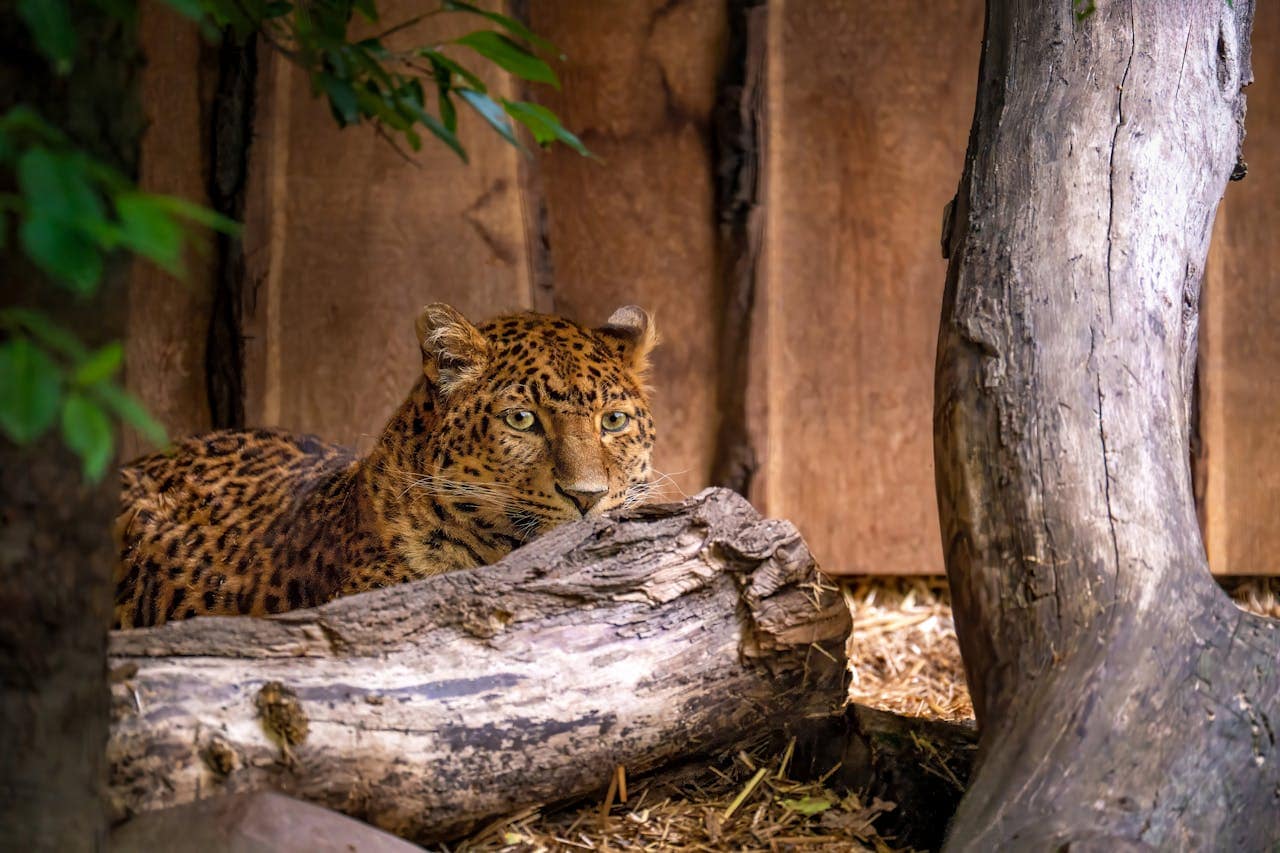Wildlife sanctuaries play a crucial and often lifesaving role in global conservation efforts. As habitats shrink and human impact increases, more animals find themselves displaced, injured, or orphaned. Sanctuaries not only offer these vulnerable creatures a safe haven but also contribute to broader conservation goals by educating the public and fostering compassion for wildlife.
What Is a Wildlife Sanctuary?
A wildlife sanctuary is a protected area or facility dedicated to the care, rehabilitation, and sometimes lifelong housing of wild animals that cannot survive in the wild on their own. Unlike zoos, sanctuaries focus on rescue and rehabilitation over exhibition. These spaces often work closely with wildlife rehabilitators, veterinarians, and conservationists to give animals a second chance at life.
Why Are Sanctuaries Important?
- Rescue and Rehabilitation: Many animals arrive at sanctuaries wounded from vehicle collisions, poaching activities, habitat loss, or the illegal pet trade. Through expert medical care and rehabilitation, sanctuaries help these animals recover and, where possible, prepare them for release back into their natural habitat.
- Lifelong Refuge: Some rescued animals—due to injury, habituation to humans, or other factors—cannot be safely reintroduced into the wild. Sanctuaries provide these animals with a lifelong home, free from exploitation.
- Conservation Education: By sharing stories and experiences, sanctuaries raise public awareness of the threats wildlife face and inspire conservation-minded behaviors. Visitors and supporters come away with a deeper understanding of species and ecosystem needs.
- Support for Wild Populations: Sanctuaries often contribute to scientific research and breeding programs that safeguard endangered species. They may collaborate on habitat restoration efforts and monitor local wildlife populations.
Challenges Facing Wildlife Sanctuaries
Running a sanctuary requires considerable resources—funding, expertise, and time. Many face challenges such as:
- Increasing numbers of animals needing care due to habitat destruction and climate change.
- Financial constraints, especially when rescue work depends on donations and grants.
- Balancing animal welfare with the goal of eventual release.
- Ensuring the safety and wellbeing of both animals and staff.
How You Can Help Sanctuaries and Wildlife Conservation
Whether visiting a sanctuary or supporting from afar, everyone can contribute. Volunteer your time, donate, advocate for habitat protection, reduce single-use plastics, and support ethical wildlife tourism. Small actions collectively impact the future of wildlife.
Sanctuaries embody hope—they show us that despite environmental challenges, compassion and dedicated efforts can make a real difference for wildlife.


